Introduction to Jianzhi
Jianzhi (剪纸), the traditional Chinese art of paper cutting, is a delicate craft that has adorned Chinese homes and hearts for over 1,500 years. Originating in the Eastern Han Dynasty (25-220 CE), this intricate art form has evolved from simple decorations to a profound expression of Chinese culture and aesthetics.
In Chinese society, jianzhi serves as a visual language, conveying wishes, beliefs, and stories through its intricate designs. From celebrating festivals to commemorating ancestors, paper cuttings play a vital role in daily life and special occasions alike.
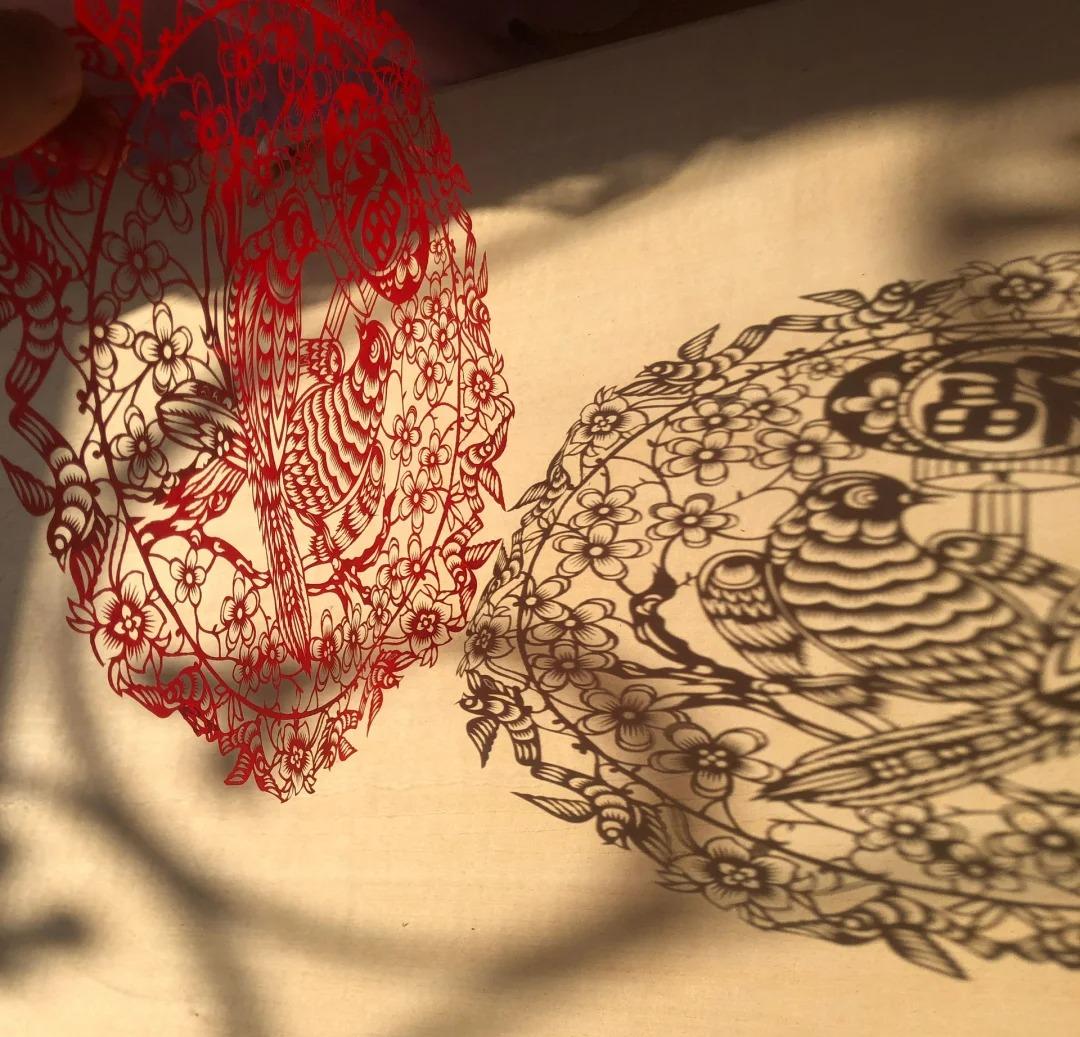
Techniques and Tools of Jianzhi
Traditional Cutting Methods
- Symmetrical cutting: Paper is folded before cutting to create mirror images
- Single-sided cutting: Designs are cut on a single layer of paper
Essential Tools
- Scissors for larger cuts
- Sharp knives for intricate details
- Special papers, including delicate rice paper and sturdy red paper
| Tool | Use | Skill Level |
|---|---|---|
| Scissors | Large cuts, simple designs | Beginner |
| Knives | Detailed work, complex patterns | Advanced |
| Paper | Varies based on design complexity | All levels |
Mastering jianzhi requires years of practice, with artisans developing steady hands and keen eyes for symmetry and proportion.
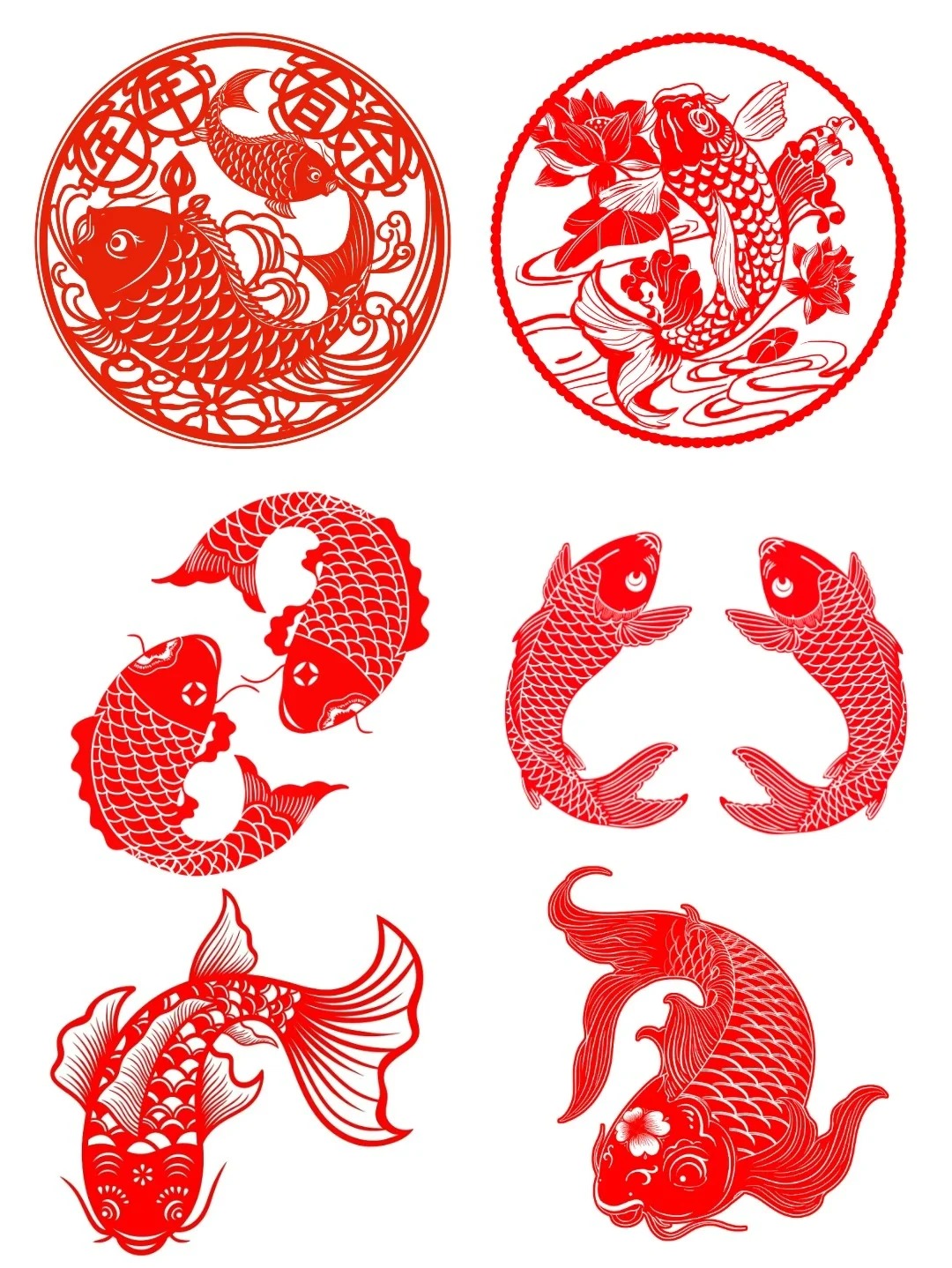
Styles and Regional Variations
Chinese paper cutting boasts diverse regional styles, each with unique characteristics:
Northern Style
- Bold, exaggerated designs
- Often depicts rural life and folklore
Southern Style
- Delicate, intricate patterns
- Frequently features flowers and birds
Famous paper-cutting centers like Yuxian in Hebei and Ansai in Shaanxi have developed distinctive motifs that reflect local culture and traditions.
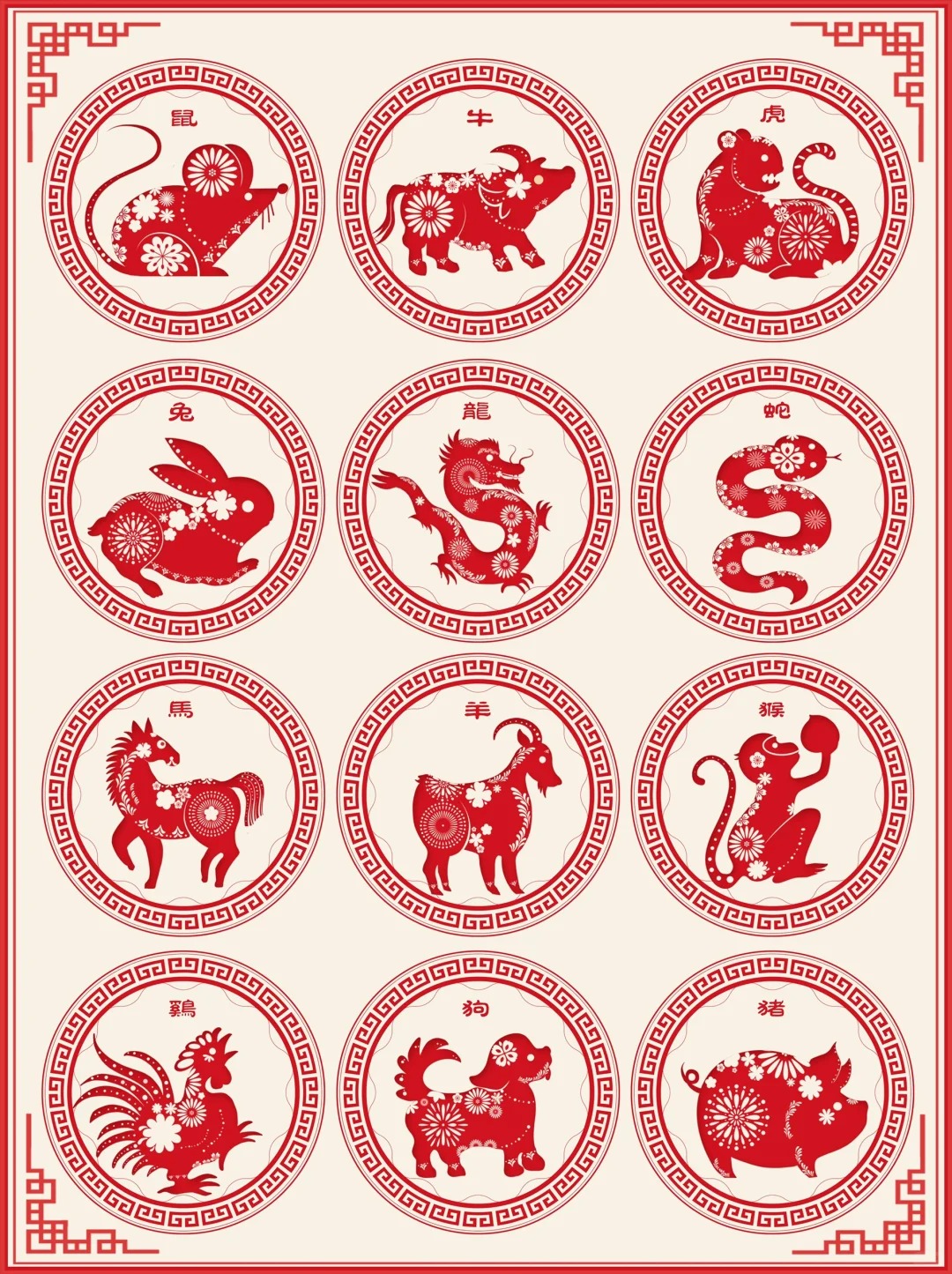
Symbolism and Themes in Jianzhi
Paper cuttings are rich in symbolism, with common motifs including:
- Animals: Dragons (power), butterflies (love), fish (abundance)
- Flowers: Peonies (wealth), lotuses (purity), chrysanthemums (longevity)
- Characters: 福 (fú, happiness), 寿 (shòu, longevity)
Seasonal designs are popular, such as spring couplets for Chinese New Year or intricate snowflake patterns for winter celebrations.
Applications of Jianzhi in Chinese Culture
Jianzhi plays a vital role in Chinese festivities and daily life:
- Window Decorations: Intricate designs known as 窗花 (chuānghuā) adorn windows during holidays
- Wedding Ceremonies: Double Happiness (囍) paper cuttings symbolize marital bliss
- Festival Decorations: Lanterns and wall hangings feature paper-cut designs during events like the Mid-Autumn Festival
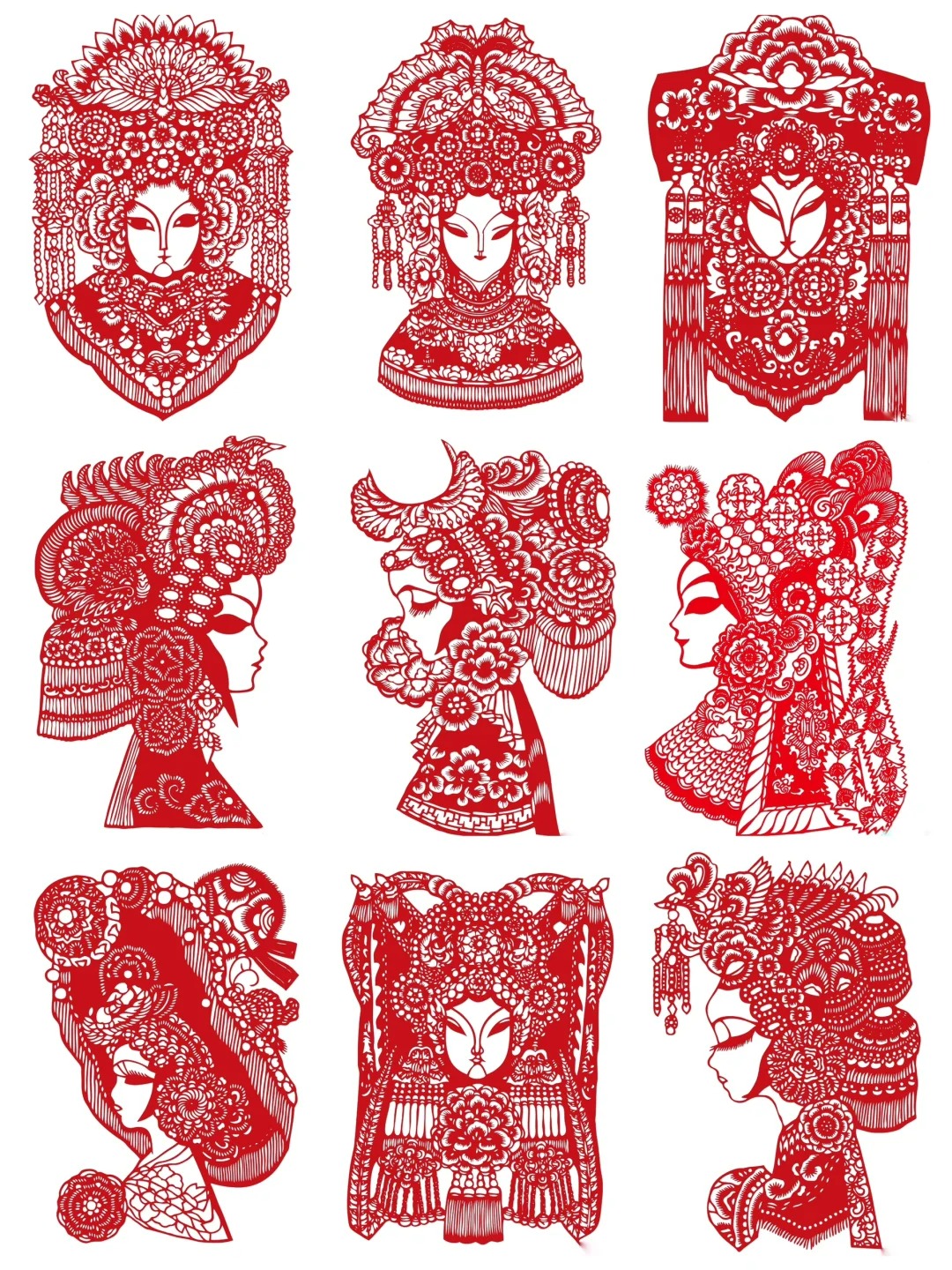
Jianzhi in Modern Times
Contemporary artists are breathing new life into this ancient craft:
- Xiyadie: Creates bold, LGBTQ-themed paper cuttings
- Li Hongbo: Combines paper cutting with sculpture for innovative installations
Efforts to preserve jianzhi as an intangible cultural heritage include government-sponsored workshops and inclusion in school curricula.
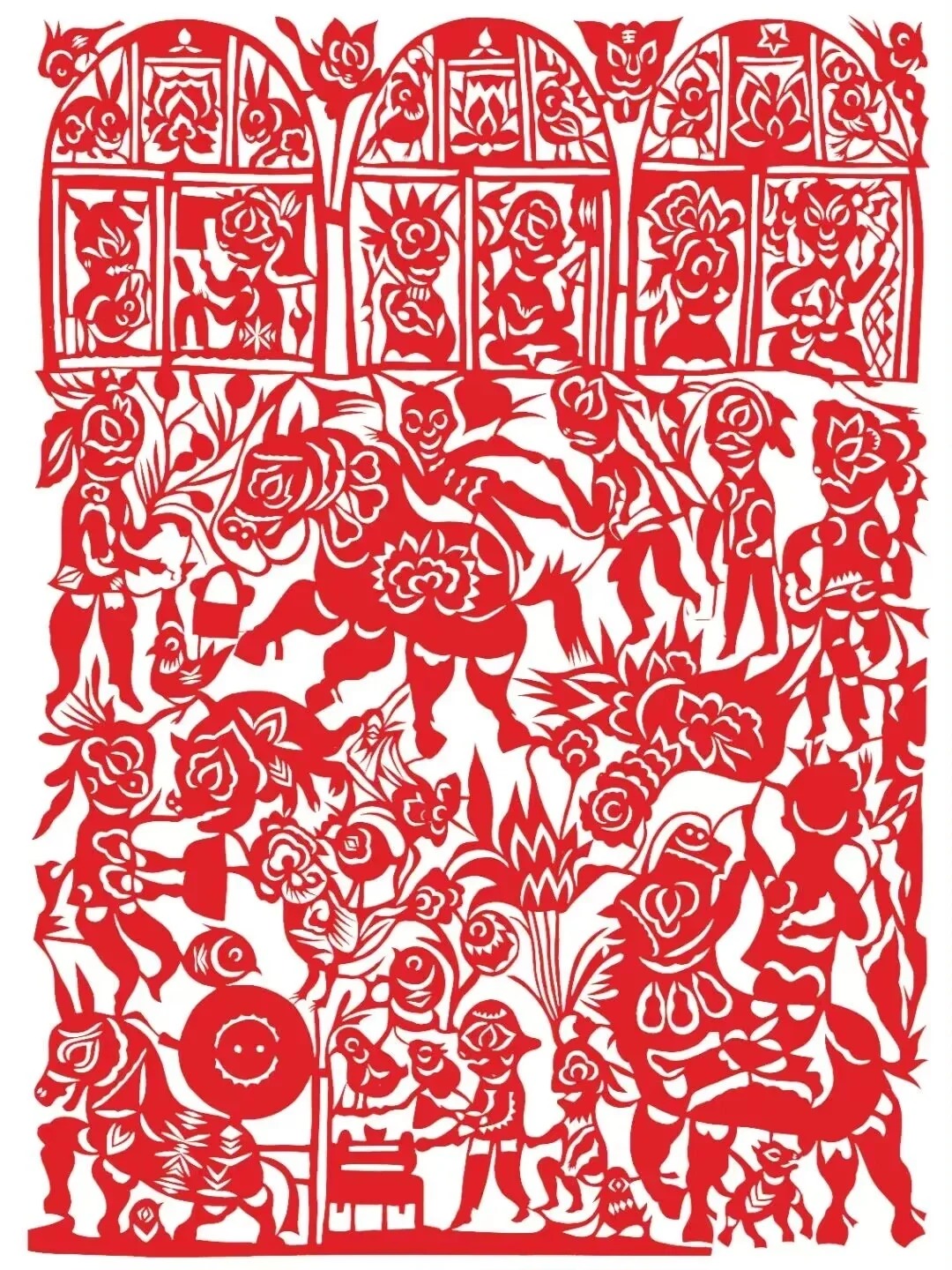
Traveler’s Guide to Jianzhi
Must-Visit Exhibitions
- China Paper Cutting Museum, Yangzhou
- Yuxian Paper-cut Art Museum, Hebei
Workshops for Tourists
- The Hutong, Beijing: Offers introductory paper-cutting classes
- Yuxian Paper Cutting Village: Immersive experience with local artisans
Where to Buy Authentic Paper Cuttings
- Panjiayuan Antique Market, Beijing
- Tianzifang, Shanghai
Tips for Creating Your Own Jianzhi
- Start with simple symmetrical designs
- Use sharp, clean tools for precise cuts
- Practice patience – intricate designs take time to master
Incorporating Jianzhi into Your China Itinerary
- Attend a local festival to see paper cuttings in cultural context
- Visit a rural village known for paper cutting to meet artisans
- Take a class to create your own unique souvenir
As you explore the world of jianzhi, imagine the gentle snip of scissors transforming a simple sheet into a work of art. Each cut reveals a story, a wish, or a piece of history. Whether you’re admiring a master’s work or creating your own design, you’re participating in a tradition that has shaped Chinese visual culture for centuries.
Remember, the beauty of jianzhi lies not just in the final product, but in the process itself – a meditation on patience, precision, and the power of negative space. As you hold a delicate paper cutting in your hands, you’re not just holding a piece of art, but a fragment of China’s cultural soul, as intricate and beautiful as the country itself.





